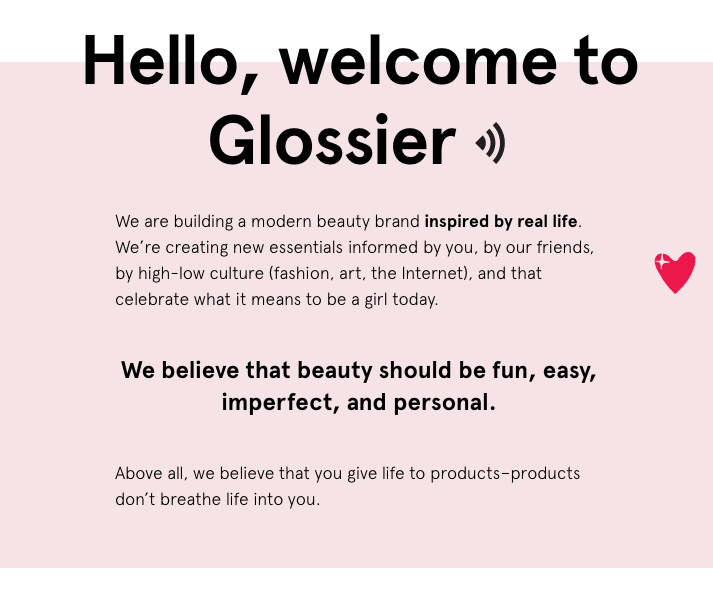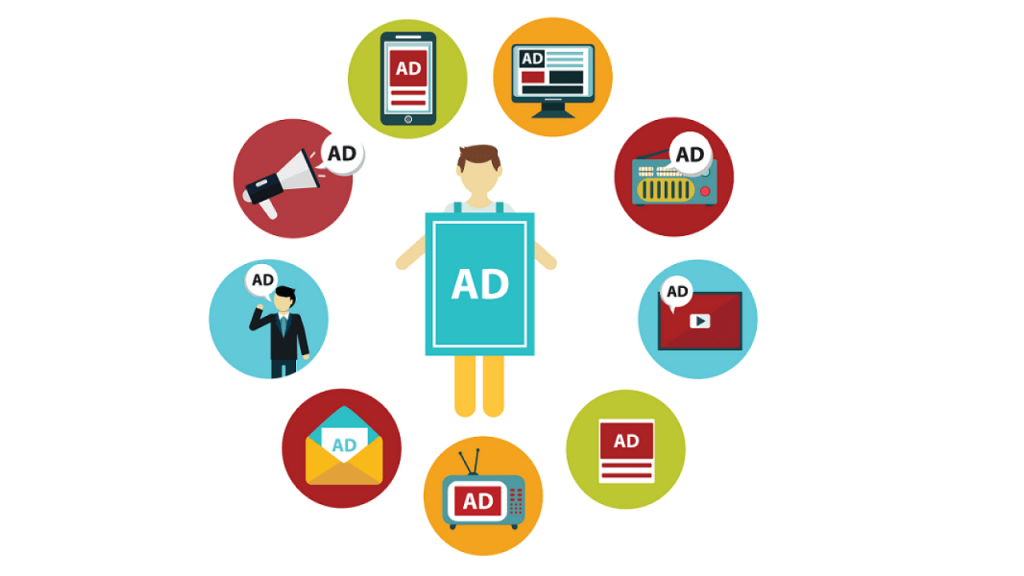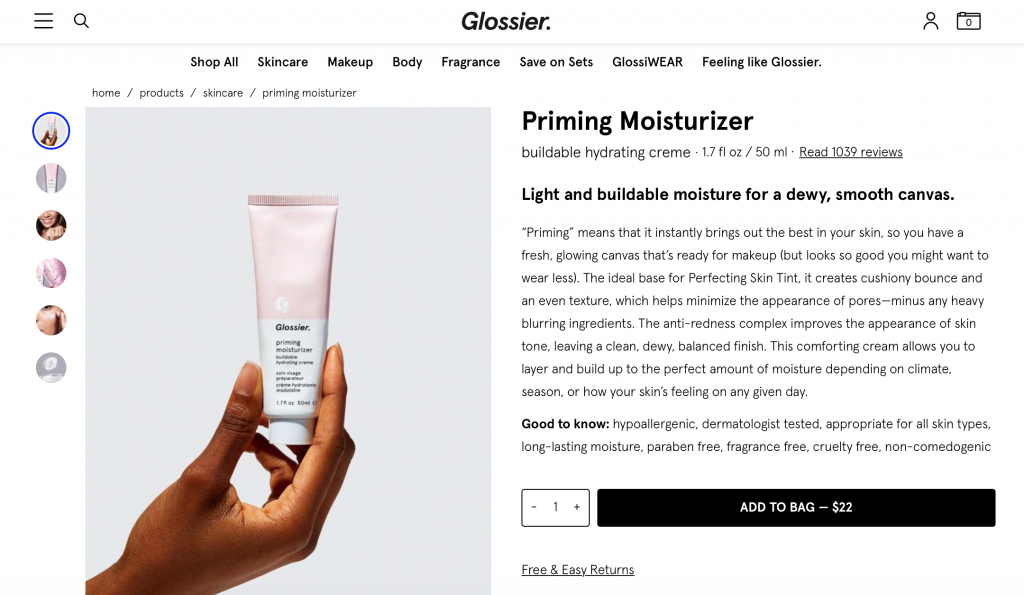
Written by Erin Aldridge
When it comes to online brand management, Glossier has dominated the scene. Starting the brand in 2014, Emily Weiss set out to create a line of skincare (and eventually makeup) that would adhere to the millennial population. She could have never imagined the sheer success that Glossier would have. With over 1.5 million followers on instagram, Glossier not only created successful products, but also racked up a loyal following that follows the brand’s every move.
So how did she do it? Well, with any business venture, there’s no rule book that tells you what to do. But with a combination of intuition and brand management, Emily Weiss created a phenomenon. Brand Management is the company’s act of monitoring the company’s name, products, company’s trademarks, employees, competitor brands, industry news topics, and so much more (Larson). Now, for a company with a size like Glossier, it would be impossible to monitor all of the conversations on the internet by just searching the internet; instead, brands can chose from a number of software tools that have been created to monitor for them. Conversations are happening all around the internet and social media by the minute, so keeping a close eye on what people are saying is vital to a brands success.
To begin talking about Glossier’s success as an online brand, we first have to discuss how the brand got started. Emily Weiss, the founder and CEO, started a blog in 2010 titled “Into the Gloss” where she would beauty tips and tricks with her online friends (Danziger). From conversations with her followers and her friends, she learned that everyone was disappointed with the products that already existed in the market and there was a need for something new. So before she even STARTED her brand, she was already engaging in conversation and monitoring what potential customers were saying. Without that background, Glossier would not have become the brand it is today. She was able to find the wholes in the market and talk with potential customers directly about their wants and needs.

Once the brand launched, the conversations didn’t stop. Powered by their needs and wants, Emily Weiss set out to always put her customers first (Danziger). In any business, the value you create must come from the customers, and that’s just what Glossier did. Glossier takes the time to listen to what their customers are saying, and create products that fill these needs. So many companies today work the other way around, pushing their products on to customers that THEY believe their customers will like, and for that reason they are not nearly as successful.
Glossier makes the statement that “what people say to Glossier or, even better, about Glossier to others is more important than what Glossier says to them” (Danziger). Through this open conversation with their customers, the brand makes customers feel like they matter and that any experience they have with the brand is important. Customers want to feel special to a brand and Glossier has mastered that craft.

Another important part of brand management is creating successful and positive content. Glossier has always been a driver of content with multiple social media platforms as well as keeping up with the original blog “Into the Gloss”. Having as many strong platforms as the brand does enables them to control a lot of the messaging that is being sent out by their brand. It also gives them multiple channels to talk with customers, get feedback, and turn any negative comment into a positive experience. When you search Glossier on a search engine, the following results are a combination of the brands own webpages as well as raving reviews from magazines and news sources. You know that a brand is doing well if you look into the brand on a search engine and only find positive results.
Nonetheless, every brand will have its haters and Glossier is no different. As a cult phenomenon, Glossier gets a lot of press and a lot of people who want to publicly review their products. Youtube specifically is a platform where users will post videos trying the brands products and giving their honest reviews. Upon my first few searches, most users had only positive things to say – Great! But when you dig a little deeper, some people complain about the products and their effectiveness. As the detective I am, I peered into the comments to see if anything from Glossier was said in return, and sure enough there they were!
The brand sent a quick reply telling the user to email them her concerns. Replying to a negative comment can be a tricky ordeal, but the best bet is usually moving the conversation off of the public social media site and to a private conversation between the company and the person. Glossier exemplified this skill by telling the customer to email them.
Glossier has also always been very upfront about their processes and their products (Rogers). When it comes to brand management, being truthful and responsible when something goes wrong is important for customers to see. Glossier uses its platform to tell its customers everything about the company and the processes that go into making every product. Consumers then feel that they are a part of the process and build a strong relationship of trust with the brand. Trust is vital to brand management.
Instead of customers feeling like their buying from a big profit-seeking company, Glossier has changed the game and turned their consumers into their friends. Each customer is a part of a community when they purchase a product and is treated like their opinion matters – because to Glossier it really does. It’s not every day that you find a brand that cares so much about its people and what’s being said.
Referenced throughout the article:
Danziger, Pamela. “5 Reasons That Glossier Is so Successful .” Forbes.com, Forbes Inc. , Nov. 2019, https://www.forbes.com/sites/pamdanziger/2018/11/07/5-keys-to-beauty-brand-glossiers-success/#7c2446fd417d.
Rogers, Charlotte. “Why Direct-to-Consumer Beauty Brand Glossier Is Ripping up the Marketing Playbook.” Marketingweek.com, Centaur Media, June 2019, https://www.marketingweek.com/glossier-ripping-up-marketing-playbook/.
Larson, Jeff, and Stuart Draper . https://edify.stukent.com/app/publication/d801ea3f-55b7-4374-ac5a-03d0e2cff93f/cb47ca6c-e25b-460e-a11e-acb31043218b/9360d5e9-ea3c-4674-83a9-306ae005add1/25fcd625-0453-4844-8075-d4799d62f0a4/view.






